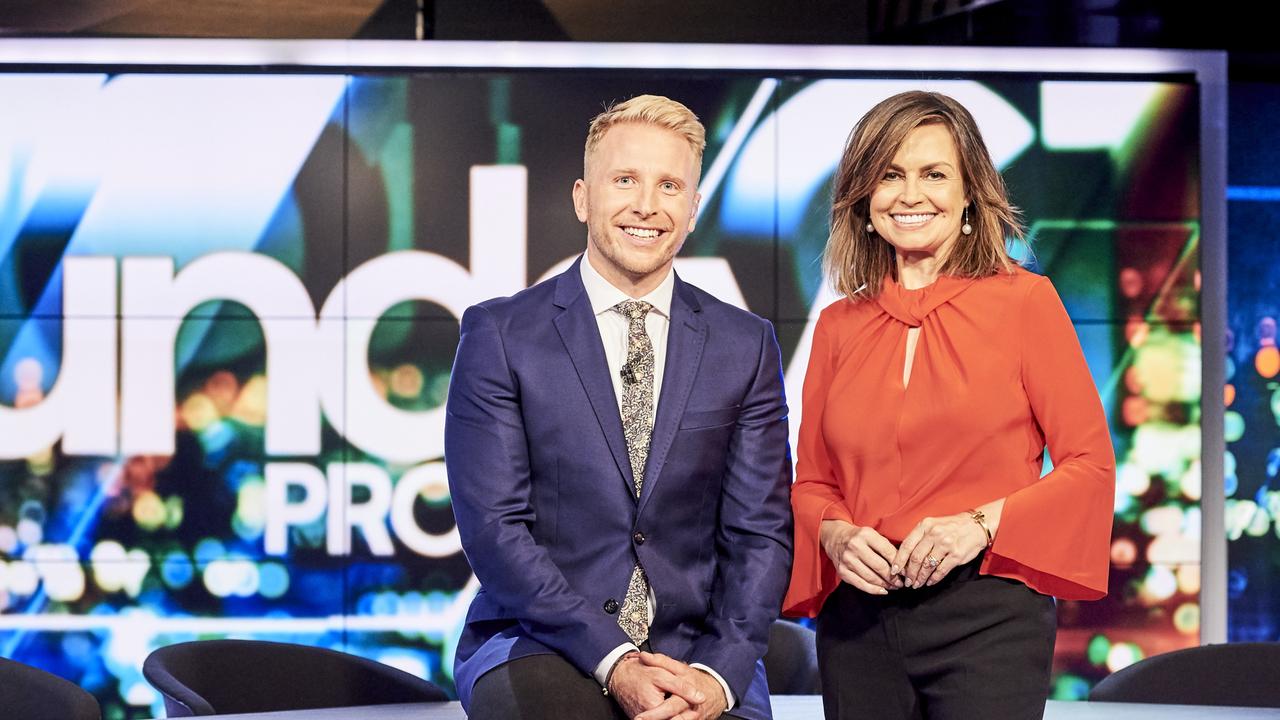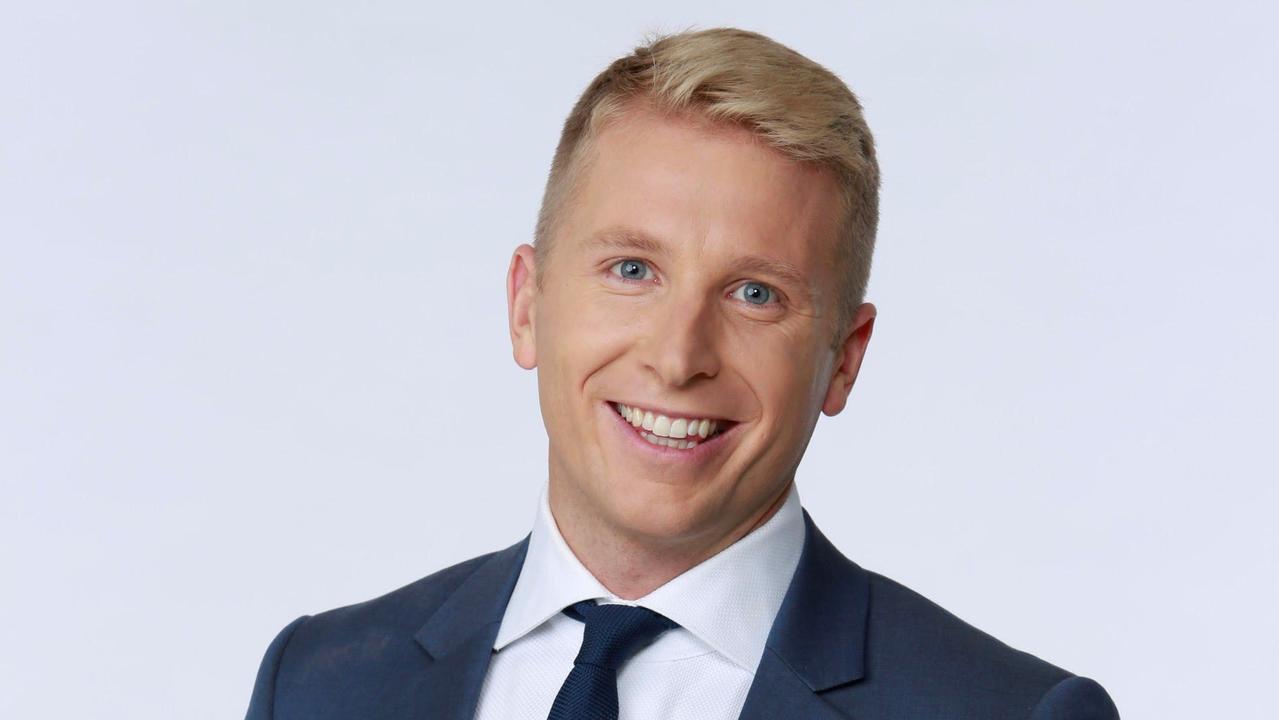Labor’s proposed law to counter online ‘misinformation’ could be used to shut down genuine debate

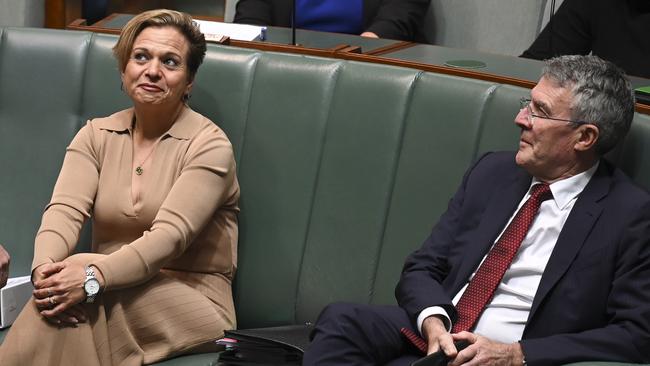
For some journalists, labelling a story “disinformation” is a tactic to delegitimise reporting they believe politically unpalatable.
The New York Times and The Washington Post specialised in this sort of thing during the Trump years. They refused to follow the reporting of Pulitzer Prize-winning journalist Glenn Greenwald debunking the Trump Russiagate story we now know was a hoax, thanks to special prosecutor John Durham.
Reflect on the rush by traditional media and Facebook and Twitter to brand The New York Post’s 2020 Hunter Biden laptop scoop as Russian disinformation. Former Democrat-era intelligence operatives working as editorial consultants for mainstream media were treated as oracles when they branded the laptop story as disinformation.
Hunter Biden has now taken a guilty plea bargain on tax charges while the new House Republican majority reveals machinations by the Justice Department to shield the President’s son. In the face of a potential Trump candidacy in 2024, much of the media is happy to treat evidence of Biden family financial misdeeds as disinformation.
None of this is to deny online disinformation is a problem. Yet conspiracy theories have always existed.
Communications Minister Michelle Rowland on June 25 released new exposure draft legislation giving “industry and the community the opportunity to review … information-gathering, record-keeping, code registration and standard-making powers to compel digital platforms to do more to protect Australians from the threat of online misinformation and disinformation”.
The legislation would set new rules for ACMA (the Australian Communications and Media Authority) to police disinformation and misinformation. The legislation was being developed under Rowland’s Coalition predecessor, Paul Fletcher, but was not finished before the change of government in May last year.
Government and industry reviews of digital platforms here came in the wake of concerns about material published early in the Covid pandemic, particularly about vaccination.
We now know that while many of the wilder online conspiracies about vaccines are silly, there have in fact been many Covid vaccine injuries, especially pericarditis and myocarditis among young males. These are acknowledged by the US Centres for Disease Control and Prevention. Germany’s Health Minister has publicly called on pharmaceutical giant Pfizer, which made huge profits off new mRNA vaccines, to help pay for compensation for vaccine injuries.
At the height of the pandemic, the ABC’s health editor Norman Swan and the OzSage group of concerned doctors and scientists wallowed in misinformation about people who baulked at vaccination for young children. This column has quoted former deputy federal chief medical officer Nick Coatsworth explaining the risks to young children from vaccination were likely to exceed the dangers presented by Covid infection.
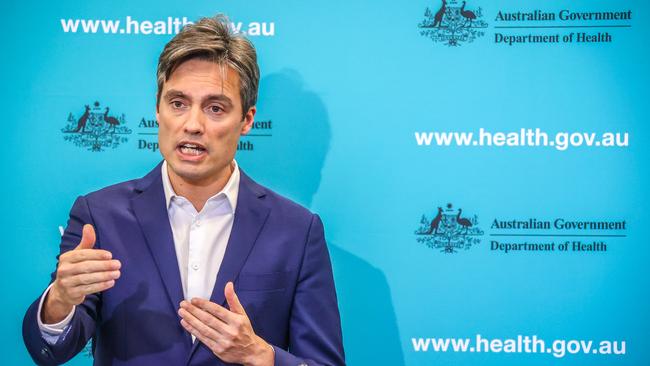
It took until this year for mainstream news media – apart from commentators here and on Sky News Australia – to report Covid vaccine injuries. This paper published forensic work by Christine Middap in April. Yet the truth had been on US, UK and Australian government websites for almost two years.
While no serious journalist supports publication of disinformation and misinformation, many are concerned both terms are being used as political weapons to shut down lines of inquiry that governments dislike. While the proposed legislation specifically exempts professional journalists, many worry such approaches could have a chilling effect on genuine inquiry. Remember, it was initially the tech platforms that censored distribution of a mainstream media story about Hunter Biden.
We heard an example of politicised misuse of the terminology only last week when Indigenous Australians Minister Linda Burney claimed opponents of the voice referendum were using Trump-style disinformation. Never mind prominent constitutional lawyers and some of the most senior Aboriginal supporters of the voice have agreed with No campaigners that the voice will have powers to make recommendations in areas far wider than Burney has admitted.
Sky News Australia host Sharri Markson last week expressed fears the new legislation could exacerbate the sort of problems she faced with her reporting while at The Australian and at The Daily Telegraph about the origins of Covid in Wuhan.
Many journalists, especially at the ABC’s Media Watch program and Nine newspapers, have made it their mission to shut down discussion of whether the virus could have escaped a laboratory that was known to be performing “gain of function” research on bat coronaviruses. Media Watch has devoted large slabs of two whole programs to attacking Markson, whose story is, however, holding up much better than Media Watch’s criticisms of it.
Several US intelligence agencies, including the FBI, now believe the lab leak theory, even though others support infection via animal transmission in the Wuhan wet market.
This column suggested in 2020 the real reason many journalists rejected the lab leak theory was because President Trump supported it. This column pointed out in early 2020 that of the two Chinese SARS coronavirus outbreaks in 2002 and 2004, one was from a Beijing wet market and the other from a Beijing laboratory studying bat viruses.
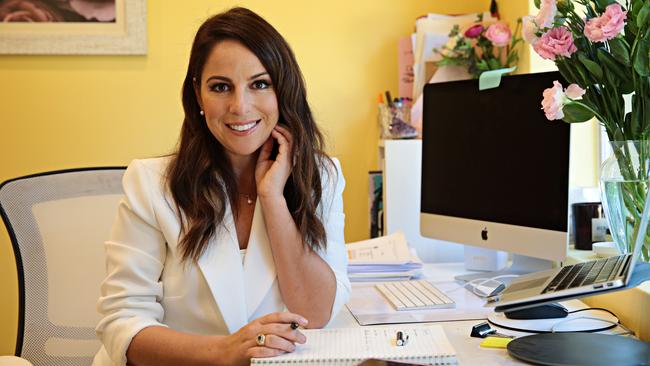
Why was exploring the lab leak theory in the face of the worst global pandemic in 100 years off limits for left-wing journalists? US National Institutes of Health director Anthony Fauci has admitted publicly he sent US cash to the Wuhan Institute of Virology to conduct research which he admitted would not be tolerated in the US. That is, US taxpayers helped finance research banned in 2014 by President Obama that could have killed more than eight million people. How is this not a story?
Matt Taibbi, former national political editor at Rolling Stone, is one of this column’s favourite genuinely independent US journalists. He publishes on Substack. Markson on June 15 quoted work by Taibbi and economist and former Democrat candidate for governor of California Michael Shellenberger which came close to confirming the lab leak theory. They named patient zero as Wuhan lab researcher Ben Hu, who worked under “bat lady” Shi Zhengli. Hu is mentioned in Markson’s 2021 book What Really Happened in Wuhan. Two other lab scientists, Yu Ping and Yan Zhu, were among the first three Covid patients, Shellenberger and Taibbi say.
Markson reported on page one of this newspaper two years ago that three WIV scientists were among the first Wuhan Covid patients. Yet from the ABC, Guardian and Nine papers, there was zero interest.
Taibbi gave a talk in London a fortnight ago to a conference about free speech. He argued the “Twitter Files” reporting he did with Shellenberger and former NYT journalist Bari Weiss examining government and intelligence agency censorship of Twitter shows George Orwell’s 1984 is here now. Taibbi asked why so many journalists were prepared to go along with censorship.
On Sky News Australia last Thursday, Andrew Bolt – during an interview with media lawyer Justin Quill, a partner with firm Thomson Geer) – raised concerns about the potential of the draft legislation to shut down debates that could “harm” the environment and social cohesion. Think reporting on energy prices, problems with renewables, overblown claims of climate emergencies or people falsely claiming Aboriginal ancestry for starters.
This is indeed Orwellian.




